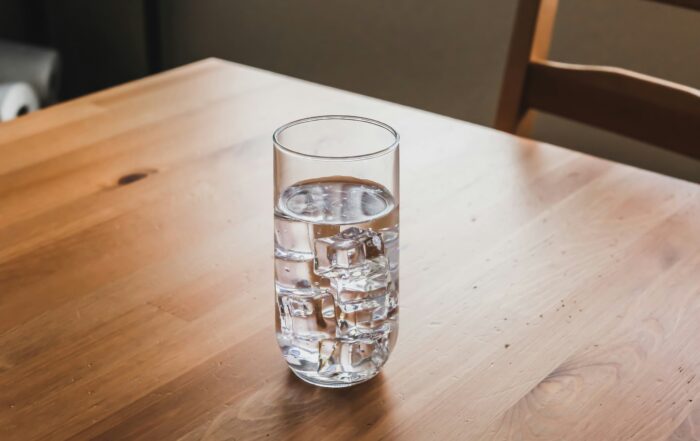Make a splash by participating in the 4th annual National Lake Blitz

Image: Living Lakes Canada
Join hundreds of volunteers standing up for their local lakes across Canada!
Starting March 1, 2024, anyone interested in deepening their connection to their favourite lake can register as a Lake Blitz volunteer to monitor their chosen lakes between May and September. Registration closes April 26, or when the supply of standard Lake Blitz Kits runs out.
Each volunteer will receive a free Lake Blitz Standard Kit and free online training on how to monitor their local lake. Volunteers will also be invited to join the Lake Blitz Speaker Series featuring experts from various water-focused fields including Ross Reid, a popular online science educator also known as Nerdy About Nature.
All data collected can be viewed on the Lake Blitz Observation Map or downloaded from the Living Lakes Canada Water Hub, an open access database for water and water-related data. The Lake Blitz data is also available from DataStream.
Don’t miss out! Join Living Lakes Canada in getting outside this summer to help protect the lake you love.
Check out LakeBlitz.LivingLakesCanada.ca or contact the Lake Blitz team at LakeBlitz@LivingLakesCanada.ca to learn more.
One woman’s trash is … a tool to inspire pollution reduction in the Great Lakes
Vast expanses of shimmering waters and rugged shorelines have inspired artists since art began. From the towering cliffs of Lake Superior’s North Shore to the pristine beaches of Lake Huron, each of the lakes have inspired countless paintings, poems and songs. One Detroit resident, however, found her muse in the trash that litters the shores of Lake Erie, blending her love for art with her concern for the environment.
Hannah Tizedes spends her free time collecting trash from the coastlines of the Great Lakes to create art. She turns the plastic she collects into murals which are displayed at art galleries across Michigan. Growing up, she was always keenly aware of litter, a habit that led her to pursue both art and environmental studies at Michigan State University. After graduating, she founded The Cleanup Club, a non-profit focused on organizing community cleanups around Lake Erie.
In 2022, her plastic mural of the Great Lakes was featured at the SEA LIFE Aquarium in Auburn Hills, Michigan, showcasing her year-long collection effort. Her ultimate goal is to make people more aware of the plastic pollution issue in the Great Lakes. There are an estimated 10 million kilograms of plastic entering the lakes each year. The Cleanup Club is also spearheading efforts to replicate a 2022 microplastic reduction initiative in California, advocating for more action against plastic pollution.
“My hope is to have people look a little closer at the pieces and realize what they are and make relations to items they use in their daily lives,” Tizedes told the Great Lakes Echo.
A not-so-grand canyon?
Lake Erie has some of the highest erosion rates in all the Great Lakes, and the development of a 300-metre crater off the north shore near Port Burwell, Ont., is causing a stir in local communities.
As Lake Erie’s powerful waves wear down rock, soil and similar materials, the land constantly changes shape. The battering of the waves damages the base of Erie’s high bluffs, which are largely composed of highly erodible bedrock and glacial till, threatening their structure and that of surrounding areas, according to the Ohio Department of Natural Resources.
Dubbed “the grand canyon” by locals, the crater formed after a shoreline bluff receded 142 metres from the lake, resulting in a cave-in in 2020 as the sediment collapsed in on itself.
A local group made up of conservation authorities and local municipalities isare seeking $2.9 million from Environment and Climate Change Canada to better understand the threat erosion poses to the area.
Sarah Emons, a conservation director of Long Biosphere Region and co-leader of the group, told local media outlets the group wants to co-develop solutions with communities and technical experts and create a coastal resilience action plan.
The federal funds would be used to study how sand and gravel are transported down the coast and learn more about Lake Erie’s shifting shoreline. The project will also support nature-based efforts to rebuild beaches and impede the impacts of erosion, including planting native grasses and vegetation.



